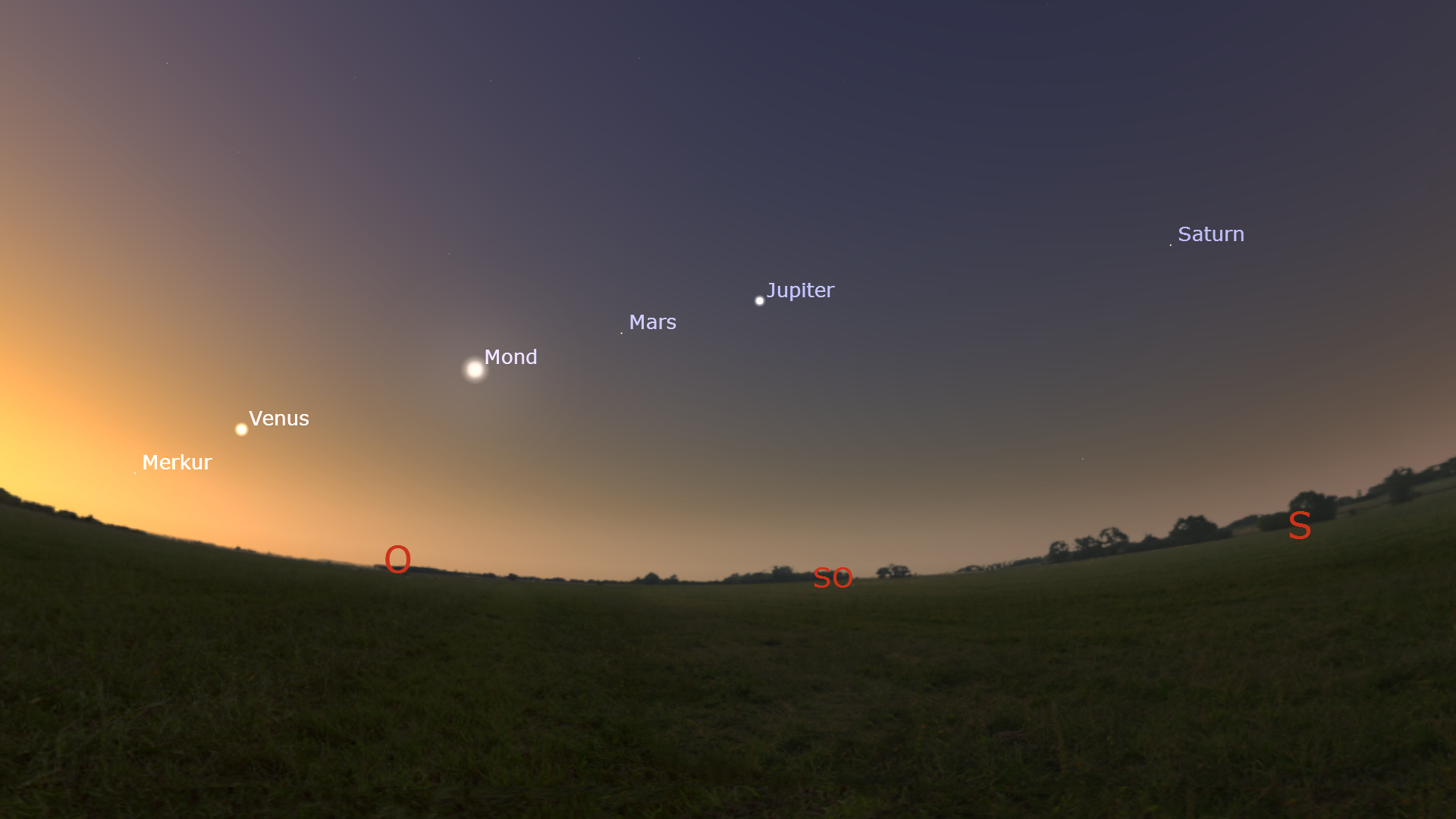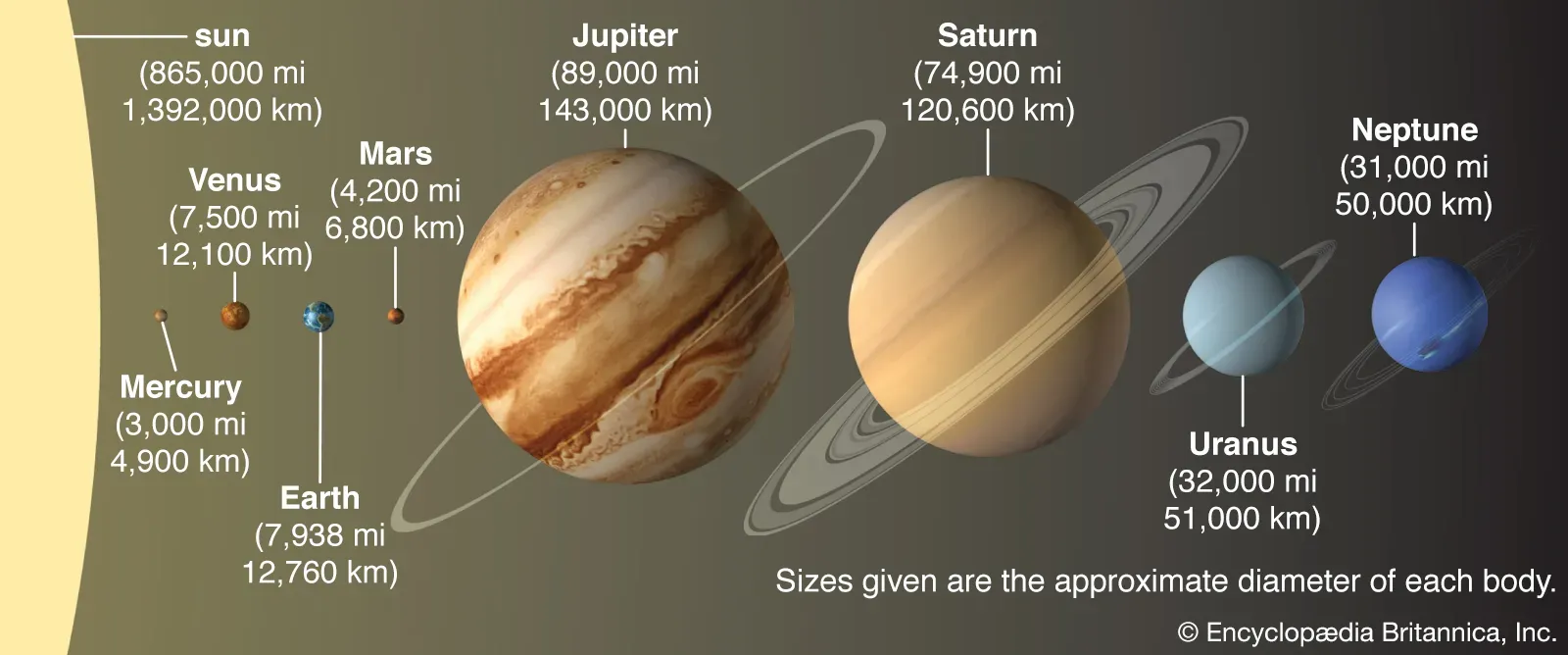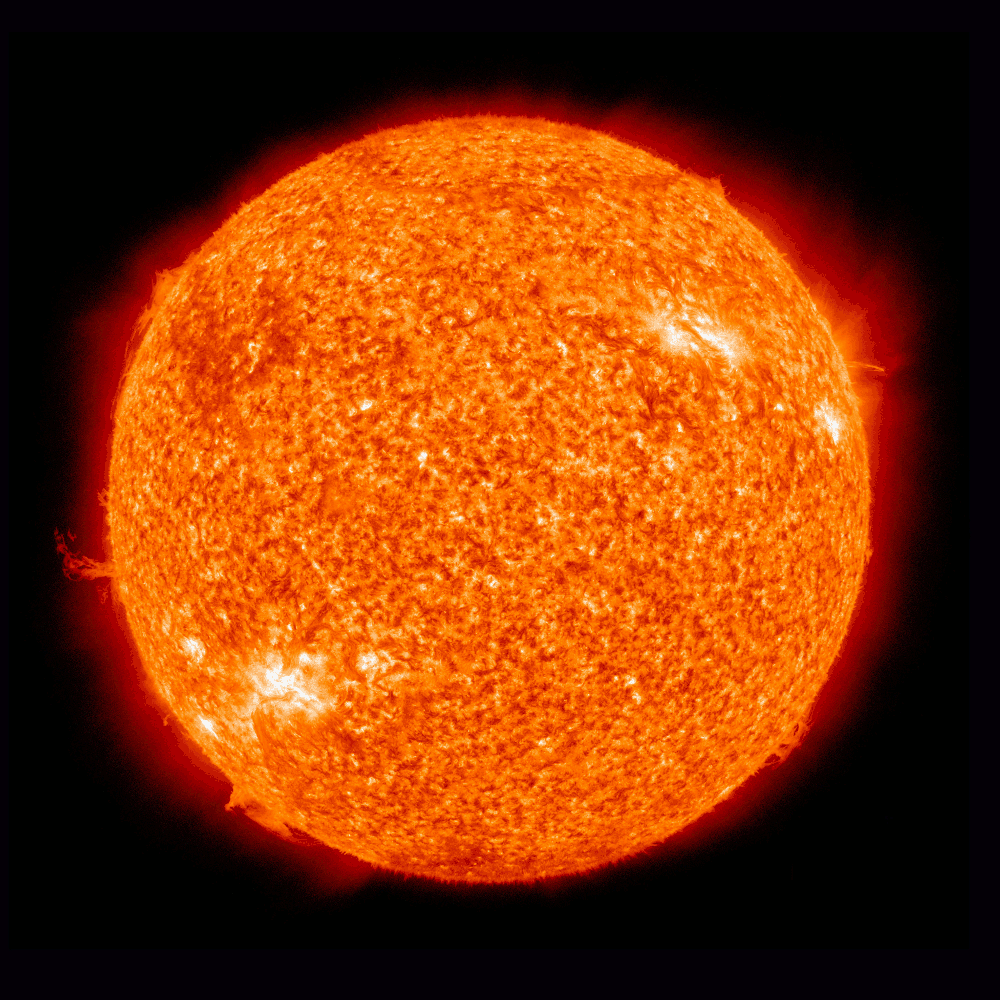How Many Planets Are in Our Solar System?
Discover how many planets are in our solar system and their order. Learn the best way to remember the planets and explore interesting facts.


When you look up at the night sky, have you ever wondered how many planets are orbiting our Sun?
In our solar system, there are eight planets that revolve around the Sun. These planets include Mercury, Venus, Earth, Mars, Jupiter, Saturn, Uranus, and Neptune.
But you may be wondering, what about Pluto? Well, in 2006, Pluto was reclassified as a dwarf planet.
What Is the Order of the Planets?

The order of the planets in our solar system, starting from the closest to the Sun, is as follows:
How Can You Remember the Order of the Planets?
Remembering the order of the planets can be tricky, but there is a popular mnemonic that can help.
'My Very Educated Mother Just Served Us Nachos.'
Each word represents the first letter of each planet in order.
Interesting Facts About Our Solar System

Our solar system is a fascinating place filled with wonder and discovery. Here are some intriguing facts:
- The Sun, located at the center of our solar system, is a massive ball of hot plasma that provides heat and light to all the planets.
- Jupiter, the largest planet, is known for its thick atmosphere and the iconic Great Red Spot, a gigantic storm that has been raging for centuries.
- Saturn, famous for its beautiful rings, is surrounded by dozens of moons.
- Uranus and Neptune are classified as ice giants due to their high concentration of volatile substances such as water, ammonia, and methane.
- Between Mars and Jupiter lies the asteroid belt, a region that is home to millions of rocky objects.
The planets in our solar system offer a window into the vastness and beauty of the universe we inhabit. Each planet has its own unique characteristics and mysteries waiting to be explored.






